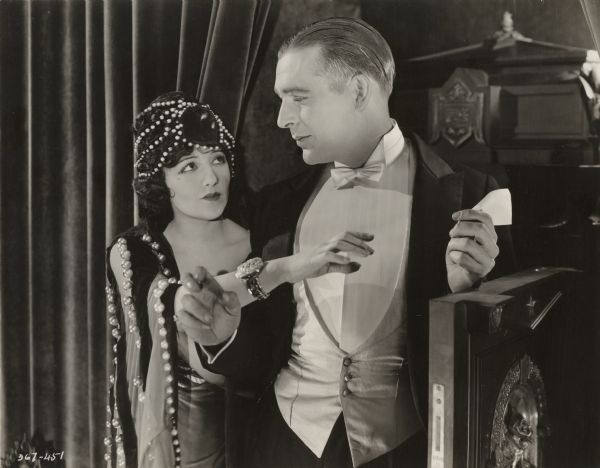When I first started our annual Busterthon back in 2014, little did I know that one day I’d be creating this post! My friends, I’m very pleased and proud to announce:
What a milestone! Has it really been ten whole years?! Think about it: this blogathon is now older than the entire runs of certain T.V. shows. It’s older than the majority of elementary school children. That’s right, most of today’s elementary school children didn’t even exist back in 2014!
Well, it’s true. Anyways! On to the details of this fine annual event:
When: Monday, March 4 and Tuesday, March 5, 2024.
Where: Right here on Silent-ology!
How:
- To be a part of this extra-special blogathon, simply leave a comment on this post to let me know which Buster topic you’re going to cover. (You can also contact me by sending me a message).
- Please help spread the word about the event by adding one of my banners to your blog! (I posted them below.)
- During the blogathon itself, when you publish your post please leave me a comment with the link to it (or send me a message). Publish it whenever you have time during March 4th and 5th, no pressure!
- Don’t forget to mention Silent-ology and the name of the blogathon in your post–it really helps publicize this event.
- If you publish your post before the 4th, just give me a head’s up!
What to write about: No matter how long this blogathon runs, there’s always plenty to cover! There’s Buster’s own incomparable silent films (check out his filmography for some ideas), various talkie shorts that not everyone knows exist, short industrial films and multiple T.V. appearances from his later years, countless colorful personalities he worked with throughout his life–anything and everything that interests you! In the past people have also shared posts about Buster-themed artwork, Buster-themed events, various filming locations and how they look today…the sky’s the limit!
Take notice: Duplicate topics are 100% allowed! Since everyone has a different perspective, 2-3 posts on the same film are welcome.
I will be hosting a drawing for all blogathon participants after the event as a “thank you” to everyone who joined. The prize will be announced closer to the event dates.
And as always: Make Buster Proud! There’s a lot of dubious information out there about his life and career, so let’s try and steer clear of those myths and rumors as best we can. I’m happy to say that we’ve been making Buster pretty darn proud these past ten years–let’s keep it up!
For ideas and inspiration, here’s all the links to the First, Second, Third, Fourth, Fifth, Sixth, Seventh, Eighth aaaaaand the Ninth Annual Buster Blogathons!
Banners:
The Roster:
Silent-ology | TBA and a roundup of Buster posts I’ve written in the past
The Thoughts of One Truly Loved | Music video “The Joy of Buster Keaton”
nitrateglow | Spite Marriage (1929)
Cinematica | Special essay on Buster
Wolffian Classic Movies Digest | Review of Buster shorts and a review roundup
Edendale Cyclorama | Buster and the influence of Mack Sennett and William Selig
Gary McGath | Steamboat Bill Jr (1927)
Big V Riot Squad | Three Ages (1923)
Taking Up Room | Steamboat Bill Jr (1927)
Welcome to my Magick Theatre | Sherlock Jr (1924)
Silver Screenings | Cops (1922)
18 Cinema Lane | “Once Upon a Time” episode of The Twilight Zone
Crítica Retrô | The Great Buster (2018)
In the Good Old Days of Classic Hollywood | The General (1927)
The Everyday Cinephile | The Saphead (1920)
Whimsically Classic | Our Hospitality (1923)
























